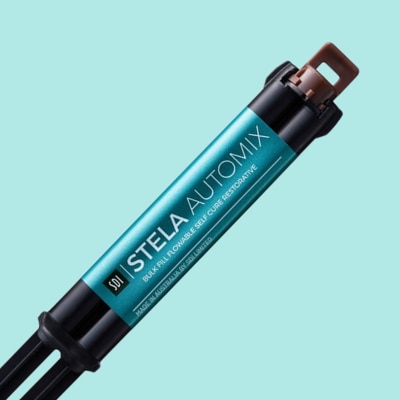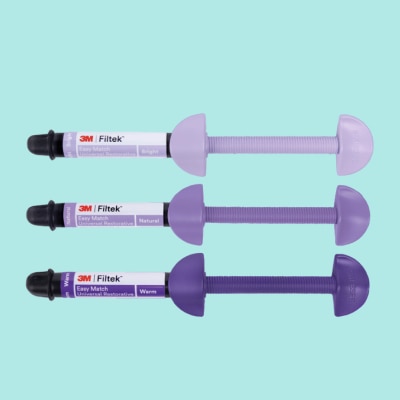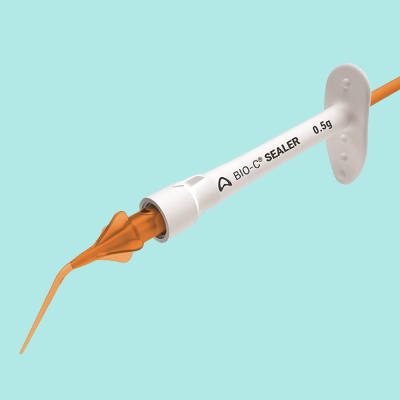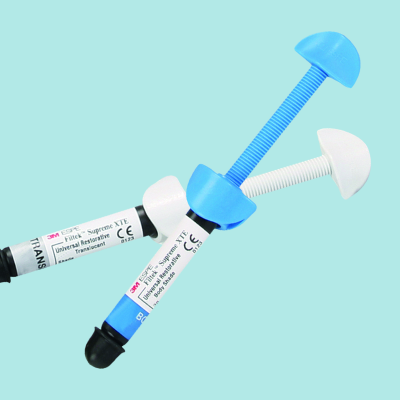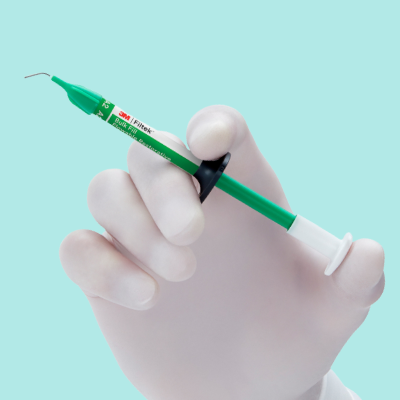Are Amalgam Fillings Safe?
The BDA’s position on amalgam is that it remains one of a range of safe and effective filling materials available to dentists. According to the NHS, there is no evidence that amalgam fillings are anything to worry about because the low level of mercury absorbed from them is not enough to create any toxic effects. Some studies have even shown that the amount of mercury you can be exposed to from amalgam fillings is less than the amount that most people are exposed to in their daily environment or in the food they eat.
New research has however drawn a link between the number of amalgam surfaces a patient has and a diagnosis of arthritis. The BDA says that its decision to phase-down the use of amalgam is based on environmental grounds. Mercury is not biodegradable and over the course of a year can reside in the air and be transported far around the globe. It is estimated that two-thirds of dental mercury is eventually released into the environment. Higher levels of mercury can adversely alter the neurological and reproductive systems of humans and wildlife, and has long been known to contaminate fresh-water lakes, fish and fish-eating birds, including loons and eagles.

Is Amalgam Still Popular?
Dental amalgam is still widely used in the UK. The benefits of amalgam fillings include:
- Highly durable and capable of lasting for over a decade or more with proper care.
- Due to their strength, they can fill large cavities
- Lower cost of treatment offers relief to patients on a budget.
- Fast-hardening properties can make treatment less stressful for kids
However, silver amalgam fillings are far less common now than in the past, as many dentists have switched to tooth-coloured composite materials that offer superior anaesthetics. The estimated annual demand for dental amalgam in 2021 had decreased by approximately 43% since 2010, according to the EC
It is estimated that in 2018, approximately 372 million dental restorations were carried out in the EU and only between 10% and 19% of these used dental amalgam. It expects dental amalgam to decrease by approximately 70% between 2018 and 2030.
Will Amalgam Be Banned in the UK?
In 2024, the European Parliament voted to ban dental amalgam from 1 January 2025. Under post Brexit arrangements, Northern Ireland will be expected to phase out dental amalgam on the same basis as EU member states. Divergence means the rest of the UK faces disruption and higher costs given the impact on supply chains, but not a formal ban. This is according to the BDA, which has stressed that “there are currently no alternative restorative materials that compete with amalgam on speed of placement or longevity.” The BDA’s supports a phase down approach to the use of dental amalgam rather than a rapid phase-out which describes as “neither feasible nor justifiable.”
Amalgam Fillings vs Composite?
We have seen a major decline in amalgam use in recent years, with customers switching to composite and GI materials instead. Patients tend to prefer the ‘invisible’ look of modern composite fillings compared to amalgam. Also, some patients may feel negatively about amalgam due to media coverage
To find out more, visit our Guide to Dental Composites Buying Guide or Guide to Glass Ionomer.





